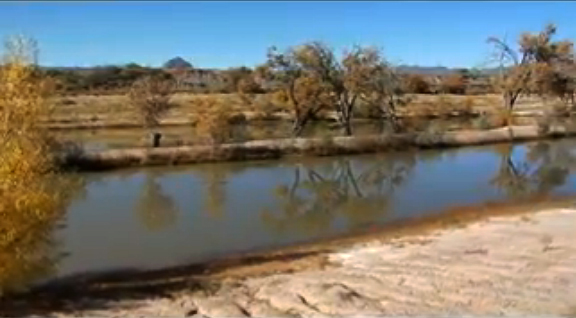 Quebradas Back Country Byway. Courtesy/www.newmexico.org
Quebradas Back Country Byway. Courtesy/www.newmexico.org
LAGS News:
The Los Alamos Geological Society’s (LAGS) April field trip is planned for April 25 to the Socorro Area, specifically the Quebradas Back Country Byway.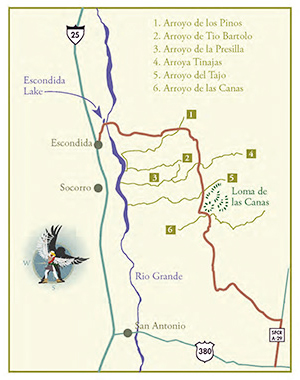 Several years ago, LAGS planned a field trip to this location, but heavy rains made the road unpassable.
Several years ago, LAGS planned a field trip to this location, but heavy rains made the road unpassable.
Quebradas Back Country Byway map. Courtesy/www.newmexico.org
The Quebradas Backcountry Byway is an unpaved county road traversing about 24 miles of rugged, colorful landscapes east of Socorro. Much of the Byway includes rolling bench lands that rise above the Rio Grande flood-plain to the west and rugged north-south running ridges of alternating bands of red and yellow sandstone, red and purple shale, and white to gray limestone.
The Quebradas (Spanish for “breaks,” a rugged or cliffy area) is a region of splendid scenery and easily accessible geologic exposures. Rocks from some of the most eventful times in our geologic past are exposed along the Quebradas Back Country Byway, in particular sedimentary rocks of Pennsylvanian, Permian, Late Cenozoic, and Quaternary age.
Triassic and Upper Cretaceous strata also are present. BLM published a short guide with some explanation of the geologic features visible at 10 numbered stops. A link to the BLM site that contains the descriptive brochure is here.
Getting There & Where We Will Meet:
The Quebradas Back Country Byway is east of the Rio Grande between Socorro and San Antonio, N.M. The 24-mile-long dirt road can be accessed from the north via I-25 or from the south via Highway 380. We will access the byway from the north end, via Exit 152 (the Escondida exit) off I-25, just a couple of miles north of Socorro. After exiting the freeway, turn right (east) and we will meet in the open dirt area just east of the exit at 9 a.m., Saturday morning.
From there we will follow the Back Country Byway signs east, then north toward Escondida Lake. In just over a mile, we will then turn right at the Escondida Lake sign and head east, past Escondida Lake, crossing the Rio Grande. At the village of Pueblito (a T-intersection), we will turn right (south) and proceed about a mile to the junction of the Bosquecito Road and the Back Country Byway (A-152). This is mile 0.0 in the BLM brochure. We will then traverse along the by-way, stopping at the 10 site and probably a couple of more sites with nice specimens. Eventually this road connects to A-129 and 380 about 11 miles east of the village of San Antonio.
While this will be primarily a driving tour, there will be opportunities to collect some wonderful specimens. The 24-mile-long road is dirt; a high-clearance or all-wheel drive vehicle is recommended. The roads in this area receive infrequent maintenance. Loose gravel, washboarding, gullying, tight turns with limited visibility, potholes, and sandy arroyo crossings are likely. I was on this road a few weeks ago, and the road was excellent with the exception of some washboarding. The beginning of the route is used by locals for recreational access. The higher traffic results in washboarding in the first segment of the route.
This is a two-way road often narrow drive, so we will drive slowly and carefully and watch for oncoming traffic. Flash floods can occur during times of rain. Watch for snakes, scorpions, or other hazardous animals.
What to Bring:
This is a desert area so take plenty of water with you, wear a long-sleeve shirt, long pants, and stout shoes. Use lots of sunscreen. I will provide copies of the BLM brochure for your consideration. Cell phone service is limited or non-existent. The byway crosses private land, and there are private inholdings within the BLM lands in the Quebradas.
 Quebradas Back Country Byway. Courtesy/www.newmexico.org
Quebradas Back Country Byway. Courtesy/www.newmexico.org
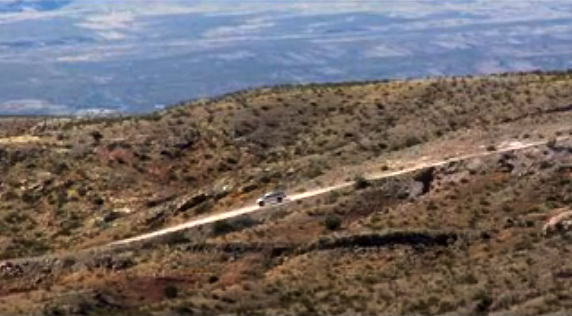 Quebradas Back Country Byway. Courtesy/www.newmexico.org
Quebradas Back Country Byway. Courtesy/www.newmexico.org
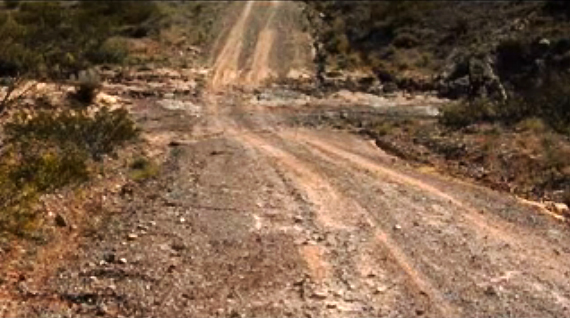 Quebradas Back Country Byway. Courtesy/www.newmexico.org
Quebradas Back Country Byway. Courtesy/www.newmexico.org
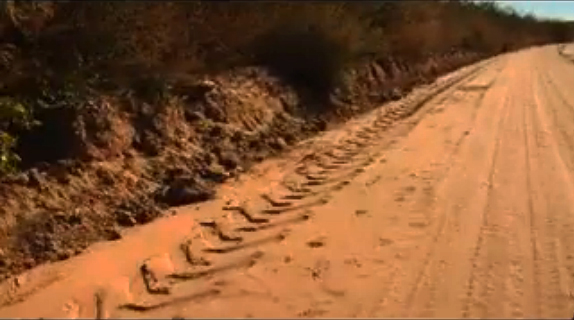 Quebradas Back Country Byway. Courtesy/www.newmexico.org
Quebradas Back Country Byway. Courtesy/www.newmexico.org

